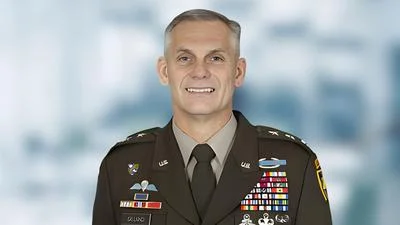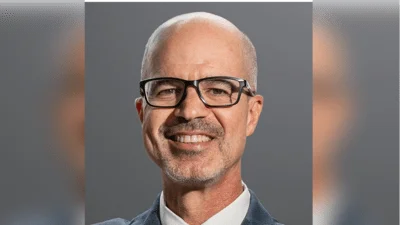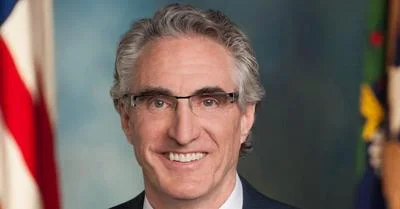WASHINGTON, DC - The Subcommittee on Commerce, Manufacturing, and Trade, chaired by Rep. Michael C. Burgess, M.D. (R-TX), today held a hearing as part of the ongoing Disrupter Series to examine the potential of self-driving cars. The hearing provided an opportunity to better understand how this innovative technology is improving the quality of life, changing the public safety landscape, and improving mobility for underserved populations. Members also examined the regulatory process in place and how it could be clarified so that autonomous vehicle innovation is not comprised.
A primary theme throughout the hearing was focused on the promise that autonomous vehicles hold in improving motor vehicle safety, preventing accidents, and reducing fatalities. Mitch Bainwol, President and CEO of the Alliance of Automobile Manufacturers, testified, “Because of the innovations that automakers are introducing, technologies are increasingly able to help address the 99 percent of roadway fatalities that are mostly a product of human behavioral issues - such as speeding, alcohol impairment, failure to use a seat belt, and distraction - as well as environmental factors and infrastructure limitations."
Echoing similar sentiments, Dr. Mark Rosekind, Administrator for the National Highway Traffic Safety Administration, stated, “[W]hile automated vehicles carry enormous potential to transform mobility, reshape our transportation system and transform our economy, it is their awesome potential to revolutionize roadway safety that has us so motivated." During his testimony, Dr. Rosekind reiterated that 94 percent of crashes “can be tied back to human choice or error."
Another key benefit of autonomous vehicles discussed among members is the range in mobility provided to the elderly or underserved populations. Kirk T. Steudle, Director of Michigan Department Transportation, honed in on the specific benefits of self-driving cars in Michigan, commenting, “My state has one of the oldest populations in the country, with 14 percent of residents being 65 or older in the 2010 census. I am thrilled at the prospect of automakers in Michigan leading in developing technology that will give those people mobility options."
Chairman Burgess checks out Tesla’s Model X during the self-driving
car demonstration held prior to today’s hearing.
Another poignant component of today’s hearing was for members to discuss the Federal Automated Vehicles Policy guidance issued by the National Highway Safety Administration (NHTSA) in September. Chairman Burgess commented, “I think NHTSA’s recent guidance is well meaning. But I do worry greatly about its implementation. Waiting for the government to approve technology is never a good formula. That said we must remain vigilant in areas, like cybersecurity, where industry must be held accountable if they are not taking reasonable measures."
Witnesses also cited both concerns and encouraging aspects of NHTSA’s recent automated vehicle guidance. Gary Shapiro, President and CEO of Consumer Technology Association, stated, “Other encouraging aspects of the NHTSA guidance include several suggestions for states to expand testing and operating opportunities for manufacturers. The guidance encourages states to evaluate and update current laws so as not to impede testing or operation of self-driving vehicles - e.g. human driver references in current law should be updated."




